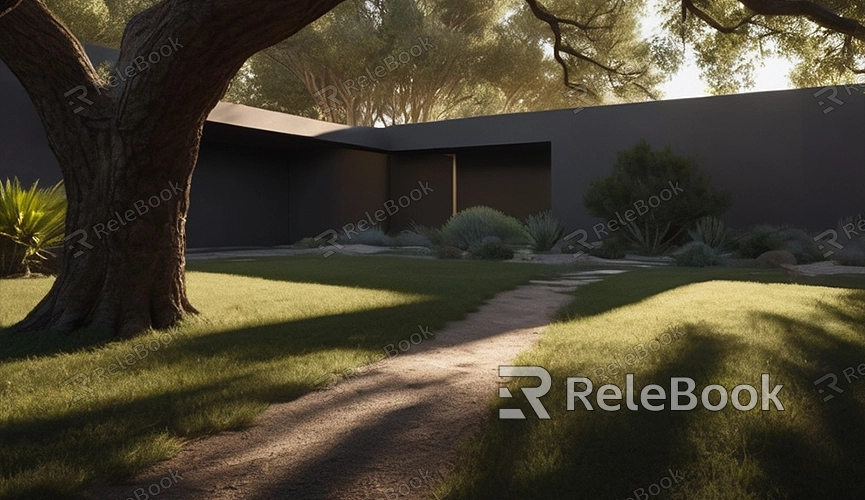How to increase render resolution blender
When rendering in Blender, render resolution is one of the crucial factors affecting the quality and fidelity of rendered images. If you want to learn how to increase render resolution in Blender to enhance the clarity and detail of your rendered images, you've come to the right place! This article will provide you with a detailed guide to help you quickly grasp the methods for increasing render resolution in Blender.
1. Understand the Importance of Render Resolution
Before diving into how to increase render resolution, it's essential to understand its impact on the final rendered image. Render resolution determines the number of pixels in the rendered image, with higher resolutions resulting in clearer images with more details. Therefore, increasing render resolution is crucial when aiming for high-quality renderings.

2. Access the Render Settings Interface
In Blender, to adjust render resolution, you first need to access the render settings interface. Navigate to the "Render Properties" tab at the top of the Blender interface, then locate the "Dimensions" option in the properties panel.
3. Adjust Resolution Parameters
Within the "Dimensions" option, you'll find two parameters: "X Resolution" (horizontal resolution) and "Y Resolution" (vertical resolution). These parameters determine the size of the rendered image's resolution. You can manually input values or adjust the resolution size by dragging the sliders.
4. Consider Aspect Ratio and Multipliers
When adjusting resolution, consider the aspect ratio and multipliers of the image. Maintaining the aspect ratio of the image is important to avoid distortion. You can manually adjust both parameters or choose preset resolution multipliers, such as 2x, 4x, etc.
5. Consider Performance and Resource Consumption
Increasing render resolution will increase computational workload and resource consumption, so consider your computer's performance and resource limitations when adjusting resolution. If your computer has lower performance or limited resources, you may need to lower the resolution to ensure smooth and stable rendering.
6. Preview and Test Rendering Effects
After adjusting resolution parameters, you can preview and test the rendering effects in Blender. Click the "Render" button in the top right corner of the rendering window, and Blender will generate a preview image based on your resolution settings. You can review the rendering effects in real-time to confirm satisfaction.
7. Perform Final Rendering
Once you're satisfied with the rendering effects and have confirmed everything is correct, you can proceed with the final rendering. Click the "Render" button in the top right corner of the rendering window, select the rendering mode and settings, then click the "Render Image" button. Blender will generate the final rendered image based on your resolution settings.
8. Adjust Rendering Settings
Before final rendering, you can further adjust rendering settings to optimize the rendering effects. For example, adjust lighting, materials, environment, etc., to make the rendered image more realistic and lifelike. Make appropriate adjustments as needed to achieve the best rendering effects.
9. Check and Save Rendered Results
After rendering is complete, carefully check the rendered results to ensure the clarity and detail meet your expectations. If satisfied, you can save the rendered image to your computer for future use or sharing with others.
With this detailed guide, you've learned the methods and steps for increasing render resolution in Blender. Increasing render resolution is an important means of improving the quality of rendered images. If you need high-quality 3D textures and HDRI or downloadable 3D models while creating models and virtual scenes, you can download them from Relebook. Simply download textures and 3D models and import them directly into your models for use.

